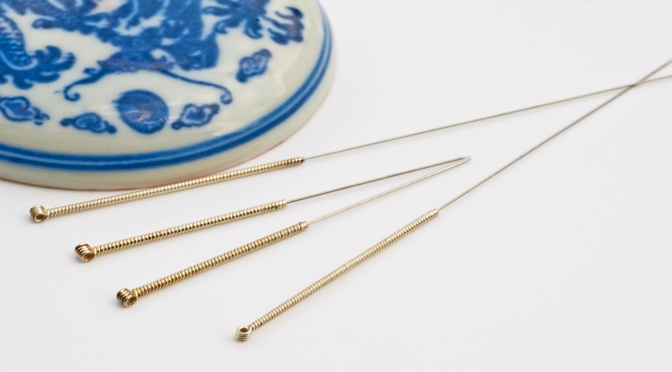Many of my patients come into my office not knowing what to expect. They think acupuncture, I’ve heard it works for this and that, but does it really? In this article, I am going to go over basic philosophy, illustrate a session, and explain how acupuncture works and the conditions it treats from a Functional Perspective.
Overview
Before we explore the mechanisms behind how acupuncture works, it is important to note that acupuncture is only a piece of Chinese Medicine. Chinese Medicine in it of itself is a full and complete system that includes acupuncture, herbal medicine, tui na, cupping, moxibustion, stress, dietary, and lifestyle counseling- and it can be used to treat any imbalance/ disease pattern within the system.
From a Functional Perspective, the primary objective and focus of an acupuncture treatment is to restore balance within the system to attain homeostasis. In order to do this an Acupuncturist will ask you a series of questions, sort of like an investigation, to find out what exactly is going on. The objective here is to identify the imbalances at play by looking at the patient’s mind, body and life as a whole as we delve into the mental, emotional, and physiological structure and function of your thoughts, feelings, dietary, environmental and other applicable lifestyle patterns. Then, we will ask to feel your pulse and observe your tongue. The tongue and pulse relay more information, on internal standings, as we continue to evaluate.



